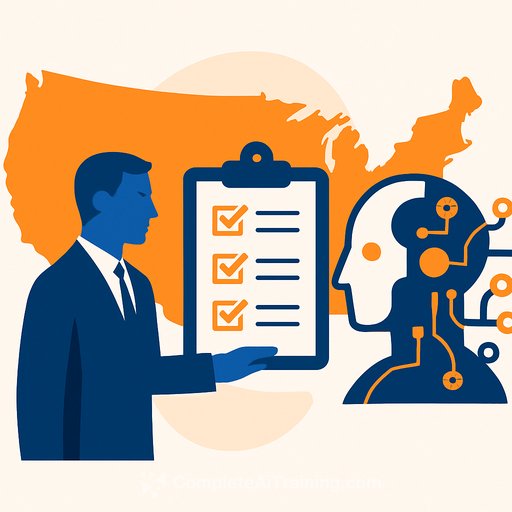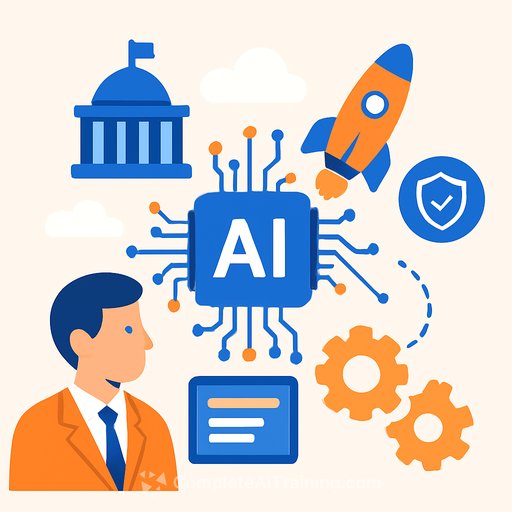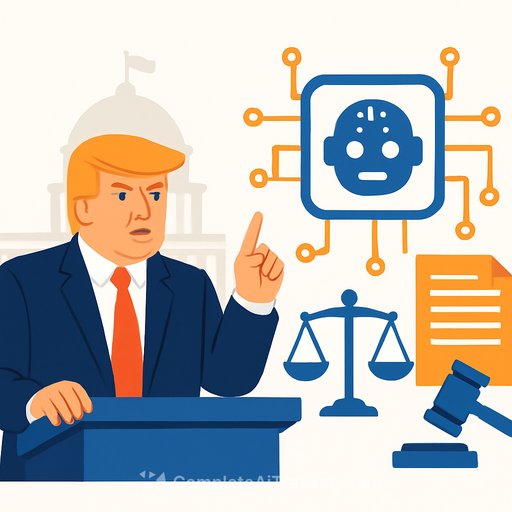U.S. State Legislation on Artificial Intelligence
With federal regulation on artificial intelligence (AI) still lacking, state legislatures have taken the lead in setting guardrails on AI technology. After Congress voted down a proposed moratorium on state-level AI regulation, states are free to continue shaping AI policy. In 2025, all 50 states introduced various AI-related legislation, focusing mainly on four key areas: government use of AI, AI in health care, facial recognition, and generative AI.
Government Use of AI
AI plays an increasingly important role in government functions, from predicting social service eligibility to informing criminal justice decisions. However, algorithmic decision-making can introduce biases, especially racial and gender biases, which carry hidden social costs.
In response, states are crafting laws to ensure transparency and accountability. For example, the Colorado Artificial Intelligence Act requires developers and users of AI systems to disclose risks when AI influences significant decisions. Montana’s “Right to Compute” law mandates risk management frameworks for AI involved in critical infrastructure. New York’s SB 8755 establishes oversight bodies to regulate AI use in the public sector.
AI in Health Care
Health care has seen a surge in AI-related legislation, with 34 states proposing over 250 bills in early 2025 alone. These laws generally address four areas:
- Disclosure Requirements: Rules on what developers and providers must reveal about AI systems.
- Consumer Protection: Preventing unfair discrimination and providing ways to challenge AI-driven decisions.
- Insurers’ Use of AI: Oversight on how payers use AI for approvals and payments.
- Clinical Use: Regulating AI in diagnosis and treatment.
These measures aim to balance innovation with patient safety and fairness.
Facial Recognition and Surveillance
Facial recognition technology raises significant privacy and civil rights issues. Studies have shown it often misidentifies people of color, leading to discrimination and civil liberties concerns. Bias in training data and lack of diversity among developers worsen these problems.
By the end of 2024, 15 states had enacted laws limiting facial recognition’s potential harms. Common provisions include requiring vendors to publish bias test results, enforce responsible data management, and ensure human review before decisions are made with such technology.
Generative AI and Foundation Models
Generative AI, capable of producing text, images, and more, has prompted states to act. Utah’s Artificial Intelligence Policy Act demands clear disclosure when generative AI is used in interactions, particularly those involving advice or sensitive information.
California’s AB 2013 requires AI developers to publicly share training data sources, including for foundation models—large AI models trained on massive datasets and adaptable to many tasks. This transparency helps address copyright concerns and builds trust.
Filling the Regulatory Gap
Without comprehensive federal guidance, states are setting their own AI rules. Although this creates a patchwork of regulations that can complicate compliance, it also helps protect privacy, civil rights, and consumers.
However, the federal government’s AI Action Plan announced in July 2025 signals resistance to stringent state regulations. It warns that federal AI funding may be withheld from states with what it calls “burdensome AI regulations.” This stance could limit state efforts to regulate AI effectively.
For government professionals, staying informed about these evolving state laws is essential. Understanding the specific requirements and oversight mechanisms helps ensure AI is deployed responsibly and fairly in public services.
To explore training opportunities on AI and its applications in government, visit Complete AI Training’s government-focused courses.
Your membership also unlocks:






